Cultural Revival through Music and Arts in Pakistan

Pakistan is often labeled as a "failed" state, with headlines that paint a bleak picture. Yet, this narrative overlooks a vibrant cultural resurgence happening across the country. The youth of Pakistan are passionately engaged in reviving and preserving their rich cultural heritage, particularly through music and the arts. This revival is not just about nostalgia; it is a powerful movement that offers hope and a fresh perspective on the country's future.
The Rich Tapestry of Pakistani Culture
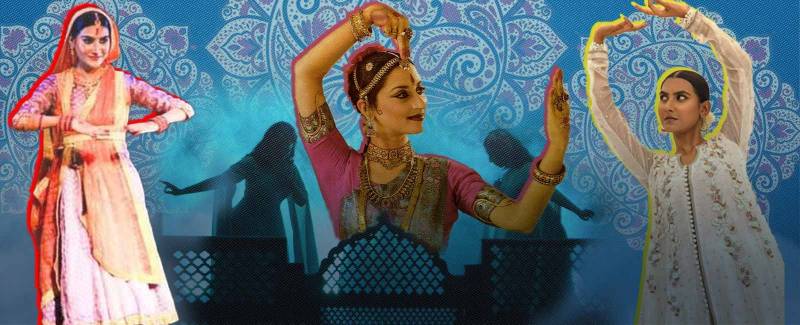
Pakistan boasts a diverse and vibrant cultural landscape, especially in performing and visual arts. Traditional dance forms like Bhangra, Luddi, and Sammi from Punjab, Khattak and Chitrali from Khyber Pakhtunkhwa, and Lewa from Balochistan are deeply ingrained in the nation's identity. Equally important is Pakistan's musical heritage, which ranges from the haunting melodies of ghazals to the energetic beats of modern pop.
Ghazals, a genre that has been cherished since the Mughal era, continues to be a cornerstone of Pakistani music. Iconic artists like Mehdi Hasan, Noor Jehan, and Ghulam Ali have left an indelible mark on this genre with timeless classics. Qawwali, deeply rooted in Sufi traditions, remains another powerful genre, with legends like Nusrat Fateh Ali Khan and Abida Parveencaptivating audiences worldwide.
Art and Music: A Legacy of Resilience
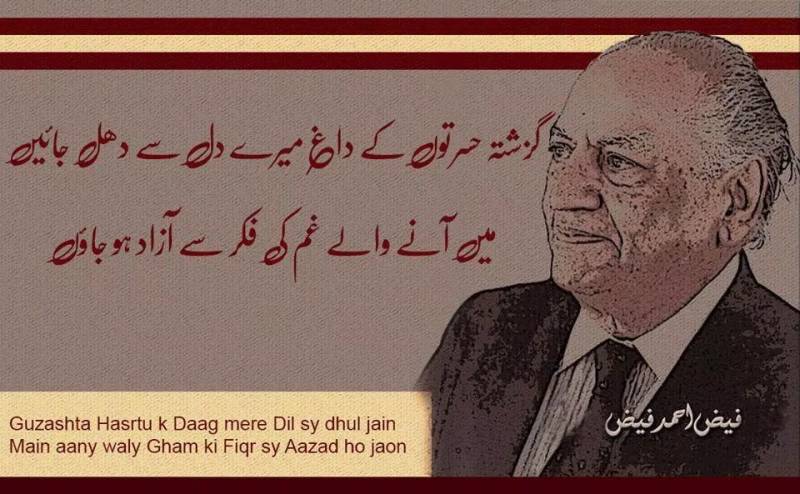
Despite political turmoil, Pakistan has a long history of promoting the arts. The Pakistan National Council of Arts (PNCA), inspired by the visionary poet Faiz Ahmed Faiz, was established to nurture the country's artistic expression. Faiz envisioned a pluralistic culture that celebrated the diverse ethnicities, religious sects, and cultural influences that make up Pakistan.
However, during President Zia-ul-Haq's era, the arts faced significant repression. Under a strict regime that sought to impose a singular "Islamic culture," public performances were banned, and the arts were marginalized. Yet, despite these challenges, the spirit of artistic expression in Pakistan endured.
The Evolution of Pakistani Music
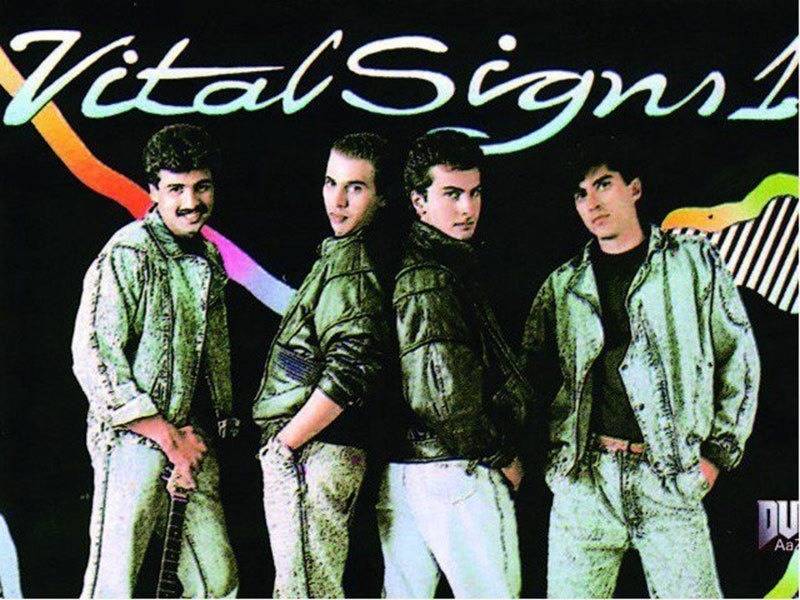
The 1980s marked the rise of pop musicin Pakistan, with bands like Vital Signs and artists like Nazia Hasan becoming household names. This era set the stage for future pop icons such as Atif Aslam and Ali Zafar, whose music continues to evolve, reflecting the dynamic nature of Pakistani culture.
In recent years, hip-hop has also emerged as a popular genre among younger audiences. Artists like Bohemia and Young Stunners have brought a unique blend of Urdu and English lyrics, infusing social commentary into their music.
Coke Studio: A Catalyst for Cultural Revival
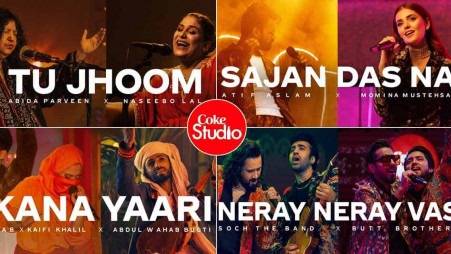
One of the most significant contributors to the cultural revival in Pakistan is Coke Studio. This television and music platform has become a cultural phenomenon, blending traditional and modern genres to create a unique soundscape. By featuring live performances that mix ghazals, qawwalis, and pop music, Coke Studio has reignited interest in Pakistani music both locally and internationally.
Reconnecting with Heritage
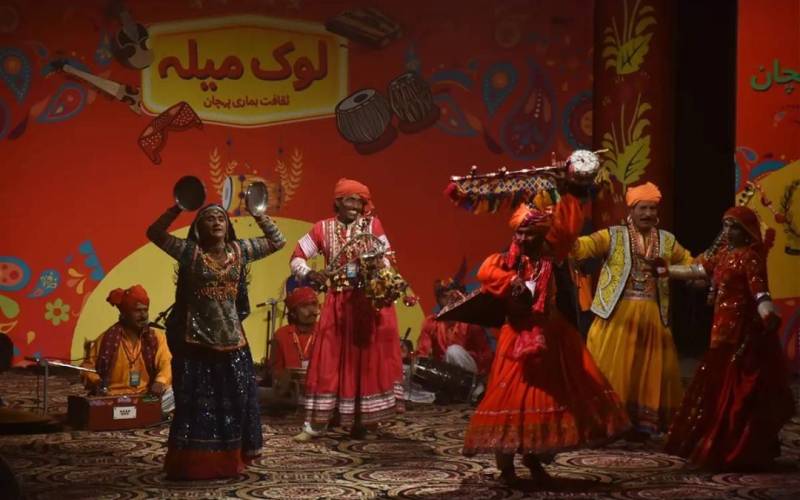
Today, a new generation is rediscovering and reviving Pakistan's cultural heritage. Institutions like the PNCA and the Lahore Council of Arts regularly organize cultural programs, including dramas, puppet shows, and dance performances. There is a renewed interest in classical dance, with events like the "Lok Mela" festival celebrating traditional arts and crafts from all regions of Pakistan.
Cultural events are becoming vital platforms for social change, particularly among the youth. Performances like "Karachi – The Musical" offer a raw and honest portrayal of the challenges facing urban Pakistan, while new music groups like Nritaal draw inspiration from historical figures like Amir Khusrau to explore South Asian poetry through music and dance.
The Road Ahead

While Pakistan faces significant challenges, the ongoing cultural revival offers a glimmer of hope. The youth’s renewed interest in the arts and their active participation in cultural events suggest a promising future. This revival not only preserves Pakistan's rich cultural heritage but also provides a counter-narrative to the often grim portrayals of the country.
In conclusion, the cultural revival in Pakistan, driven by music and the arts, is a powerful force that is reshaping the country's identity. As more young people engage with their cultural roots, there is hope that this movement will continue to grow, offering a more nuanced and positive picture of Pakistan to the world.
